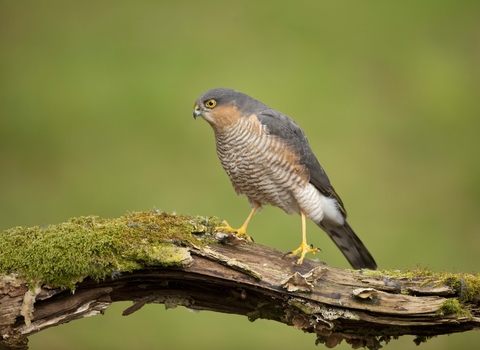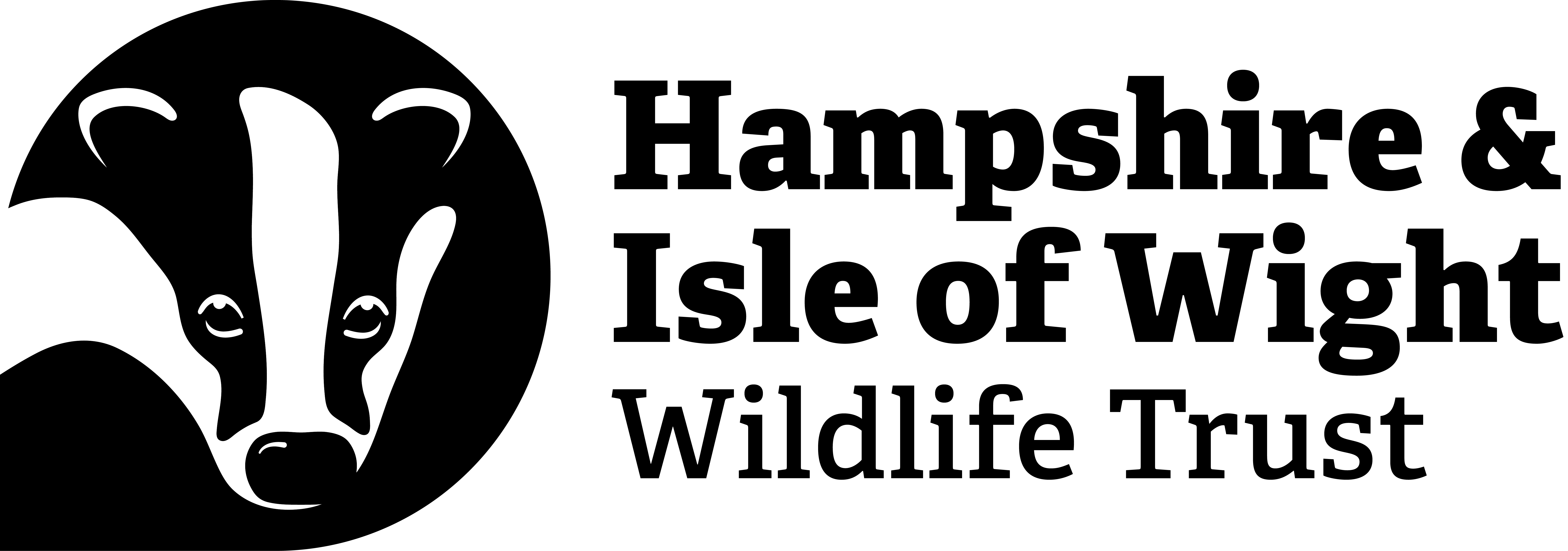
©Mark Hamblin/2020VISION
Sparrowhawk
The sparrowhawk is a small bird of prey that can be found in all kinds of habitats and often visits gardens looking for its prey - small birds like finches, tits and sparrows.
Scientific name
Accipiter nisusWhen to see
January to DecemberSpecies information
Category
Statistics
Length: 33cmWingspan: 62cm
Weight: 150-260g
Average lifespan: 4 years
Classified in the UK as Amber under the Birds of Conservation Concern 5: the Red List for Birds (2021).
About
The sparrowhawk is one of our smallest birds of prey, the male being somewhere between a blackbird and a collared dove in size. The female is larger, up to the size of a feral pigeon. Sparrowhawks are excellent bird hunters, catching small species like finches, sparrows and tits; sometimes they ambush their prey from a perch, while other times they may fly low, suddenly changing direction to fool it.How to identify
The sparrowhawk has rounded wings and a relatively long, narrow tail. Males are small with a blue-grey back and white underparts showing reddish-orange barring. Females are much larger, with browner plumage above and grey bars below. They both have reddish cheeks.Distribution
WidespreadDid you know?
Female sparrowhawks can be up to 25% larger than males - the biggest size difference in any bird. Its thought that smaller males are more agile when hunting their small-bird prey.Watch
Sparrowhawk (https://vimeo.com/452226766/05b3d4108f)
Sparrowhawk by John Bridges
